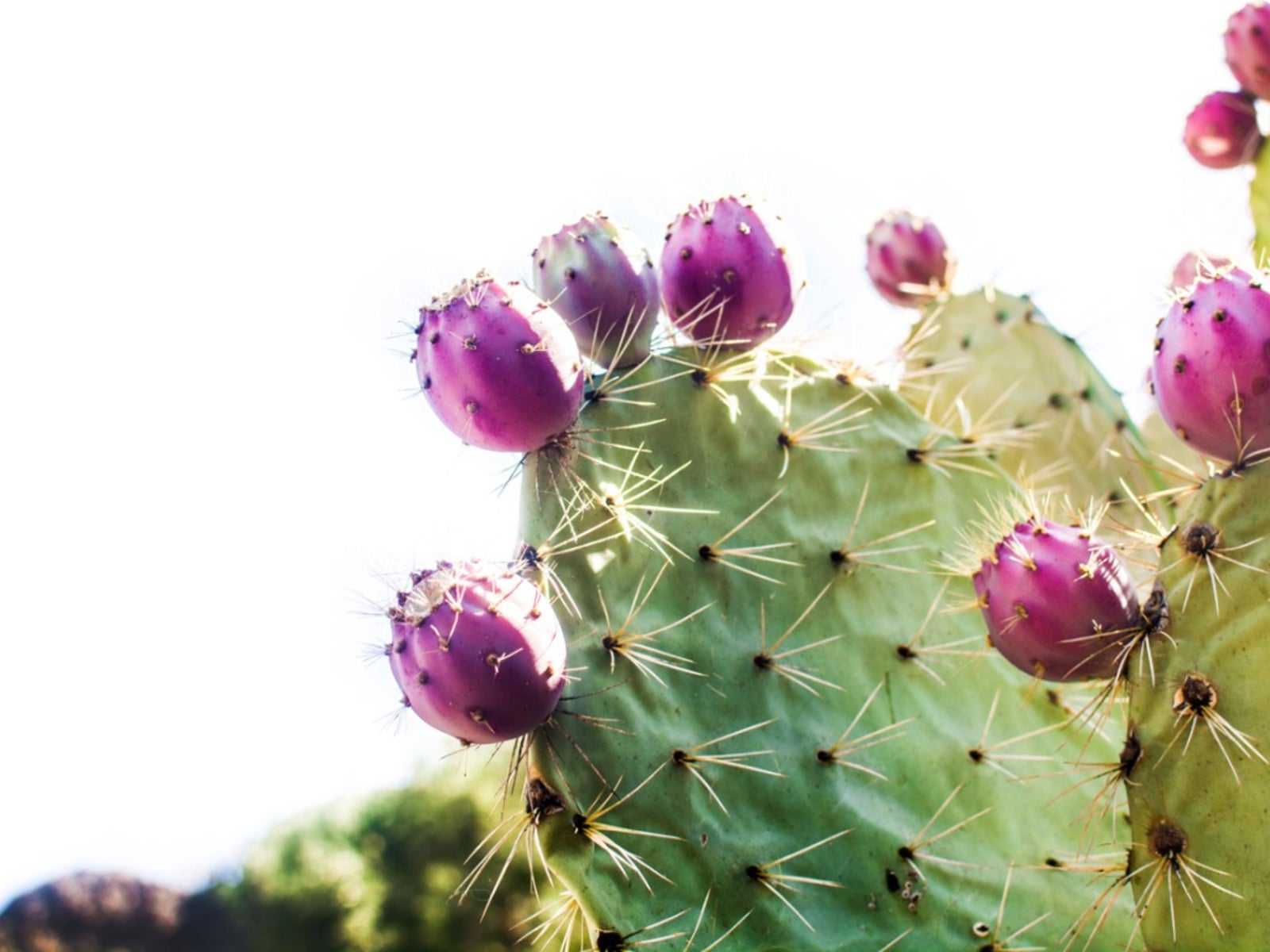Prickly Pear Leaf Spot: Treatment For Phyllosticta Fungus In Cactus


Cactus are tough plants with many useful adaptations but even they can be laid low by tiny fungal spores. Phyllosticta pad spot is one of the fungal diseases that affect cacti in the Opuntia family. Phyllosticta symptoms in prickly pears are most prevalent and plants with the disease are at risk of cosmetic and vigor damage. Certain times of the year are the worst, but fortunately, once conditions dry out, the damaged areas abort the fungus and heal to a certain degree.
Phyllosticta Symptoms in Prickly Pears
Prickly pear leaf spot is a disease of that plant and others in the Opuntia family. The disease is brought about by tiny spores from the Phyllostica fungus. These colonize the tissues, primarily the pads, of the cactus and eat into it causing lesions. There is no recommended treatment for Phyllosticta fungus, but it can spread to other ornamental plants, and the removal of infected pads and plant material is suggested to prevent the disease from reaching other species. In the cactus family, prickly pears are most affected by Phyllosticta concava. The disease is also called dry rot because it leaves lesions on the plant, which eventually callus and do not weep fluid like other fungal diseases. The disease starts out with dark, almost black, irregularly circular lesions which range in size from 1 to 2 inches (2.5-5 cm.) in diameter. Tiny reproductive structures, called pycnidia, produce a dark color. These produce and release spores that can infect other plants. As conditions change, the spots will fall out of the cactus and the area will callus over, leaving scars on the pads. No serious damage is done, provided the weather conditions transition to warm and dry.
Phyllostica Control in Cactus
For the most part, prickly pear leaf spot does not harm the plants, but it is contagious, and it does damage young pads the most. Lower pads are the most severely affected, as these are close to the ground. The spores spread through wind or splashing activity. The disease is active during the rainy season and where humidity is high. Once the weather changes to dry conditions, the fungus becomes inactive and falls out of the plant tissue. Severely affected tissue can develop many lesions, making way for the introduction of other pathogens and insects which can cause more damage than prickly pear leaf spot. Experts do not recommend fungicide or any other treatment for Phyllosticta fungus. This is probably due to the fact that the fungus is short-acting and weather conditions usually improve, deactivating the disease. Additionally, the fungus doesn't appear to impair the plant in most cases. Suggested Phyllosticta control in cacti is the removal of infected parts. This is the case where pads have been invaded by numerous lesions and the numerous fruiting bodies pose an infection potential to the rest of the plant and surrounding species. Composting the infected plant material may not kill the spores. Therefore, bagging and discarding the pads is advised.
Sign up for the Gardening Know How newsletter today and receive a free copy of our e-book "How to Grow Delicious Tomatoes".

Bonnie Grant is a professional landscaper with a Certification in Urban Gardening. She has been gardening and writing for 15 years. A former professional chef, she has a passion for edible landscaping.